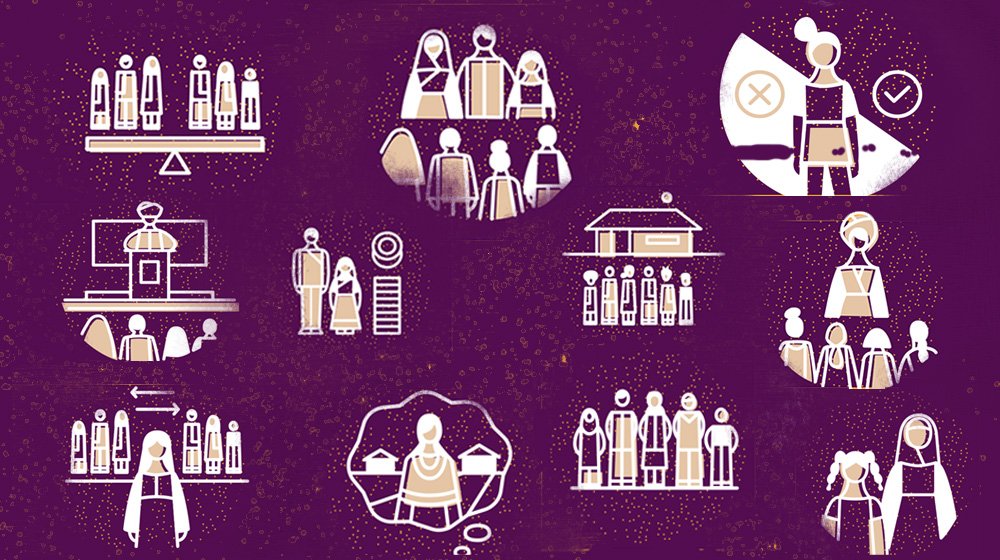Gender Social Norms Index released recently.
Key findings of the report:
- Released by:
- The United Nations Development Programme (UNDP)
- The past decade didn’t see any improvement in the level of prejudice shown against women.
- Nearly 90% of people still hold at least one bias against women.
- UNDP tracked people’s attitudes towards women in four dimensions:
- political,
- educational,
- economic and
- physical integrity.
- The latest GSNI report capturing data up to 2022 showed little overall progress, despite global and local campaigns for women’s rights in recent years such as Me Too, Ni Una Menos, Time’s Up and Un Violador en Tu Camino.
- Repercussions of such bias:
- Persistent biased gender social norms violate human rights and limit the enlargement of well-being by impeding women from acting on behalf of their own values and interests.
- By excluding women from decision-making, the world will lose out on perspectives, experiences, abilities, voices and ideas.
- Biased gender social norms can contribute to lack of equality in political participation.
- In some cases, biases might even intensify in the form of backlash when women attain leadership positions.
- Political bias:
- Countries with greater bias in gender social norms also show a lower presence of women in parliament.
- Indigenous women, migrant women and women with disabilities have meagre political representation, demonstrating how overlapping biases can further reduce opportunities for women.
- On average, the share of heads of state or government who are women has remained around 10 per cent worldwide since 1995, and women hold just over a quarter of parliament seats globally.
- Women are grossly underrepresented in leadership in conflict-affected countries, mainly at the negotiation tables in the recent conflicts in Ukraine (0 per cent), Yemen (4 per cent) and Afghanistan (10 per cent).
- Globally, about seven of 10 peace processes did not include any women mediators or women signatories.
- Economic Bias:
- The recent increase in education achievements has not translated into better economic outcomes and opportunities for women.
- Even in the 59 countries where adult women are more educated than men, the average income gap is 39 per cent.
- This lack of progress in closing the gender gap in income is seen worldwide.
- In countries with higher bias in gender social norms, women spend more time than men — nearly six times — on domestic chores and care work.
- Gender-based inequalities in empowerment are partly because of biased gender social norms or the undervaluation of women’s capabilities and rights.
Way forward:
- Even though the GSNI value changed little over the past decade, data has shown an increase in the share of people with no bias in any indicator, and this was evident in 27 of the 38 countries surveyed.
- The past few decades have seen major breakthroughs in gender social norms influenced by policies, regulations and scientific breakthroughs.
- One of the major examples is the birth control pill.
- The birth control pill followed a volatile process until its eventual social acceptance, and this had a tremendous impact on women’s control over their bodies and ability to plan their families and professional lives.
- Gender biases hold across regions, income levels and cultures.
- Without tackling biased gender social norms, the world will not be able to achieve gender equality, as reflected in the UN-mandated Sustainable Development Goals.




